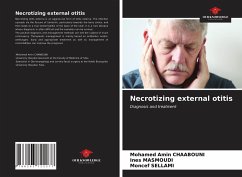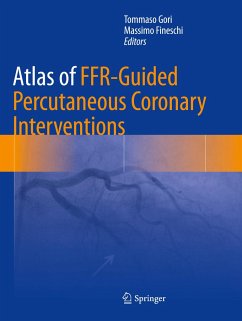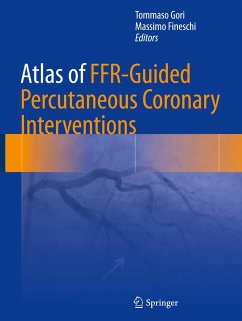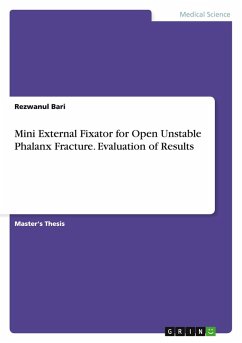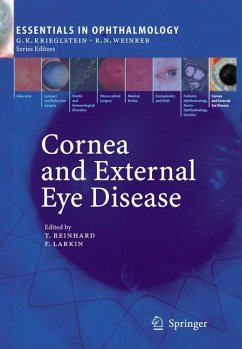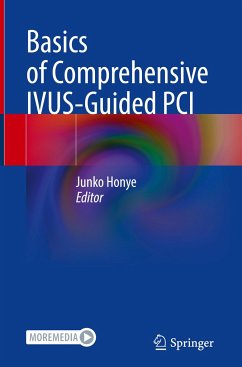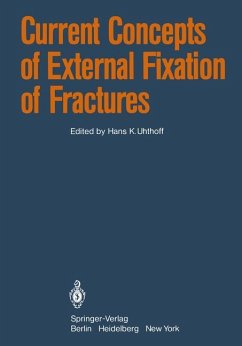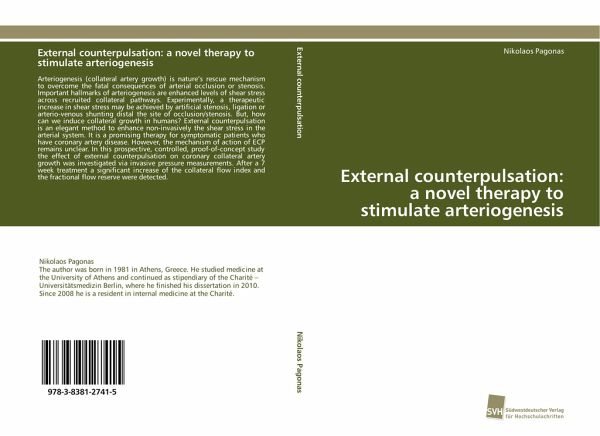
External counterpulsation: a novel therapy to stimulate arteriogenesis
Versandkostenfrei!
Versandfertig in 6-10 Tagen
36,99 €
inkl. MwSt.

PAYBACK Punkte
18 °P sammeln!
Arteriogenesis (collateral artery growth) is nature's rescue mechanism to overcome the fatal consequences of arterial occlusion or stenosis. Important hallmarks of arteriogenesis are enhanced levels of shear stress across recruited collateral pathways. Experimentally, a therapeutic increase in shear stress may be achieved by artificial stenosis, ligation or arterio-venous shunting distal the site of occlusion/stenosis. But, how can we induce collateral growth in humans? External counterpulsation is an elegant method to enhance non-invasively the shear stress in the arterial system. It is a pro...
Arteriogenesis (collateral artery growth) is nature's rescue mechanism to overcome the fatal consequences of arterial occlusion or stenosis. Important hallmarks of arteriogenesis are enhanced levels of shear stress across recruited collateral pathways. Experimentally, a therapeutic increase in shear stress may be achieved by artificial stenosis, ligation or arterio-venous shunting distal the site of occlusion/stenosis. But, how can we induce collateral growth in humans? External counterpulsation is an elegant method to enhance non-invasively the shear stress in the arterial system. It is a promising therapy for symptomatic patients who have coronary artery disease. However, the mechanism of action of ECP remains unclear. In this prospective, controlled, proof-of-concept study the effect of external counterpulsation on coronary collateral artery growth was investigated via invasive pressure measurements. After a 7 week treatment a significant increase of the collateral flow index and the fractional flow reserve were detected.



